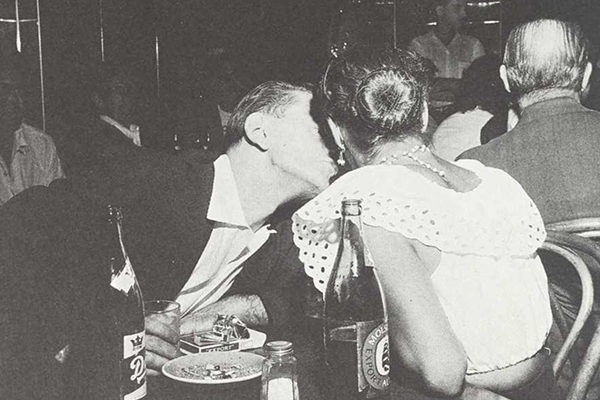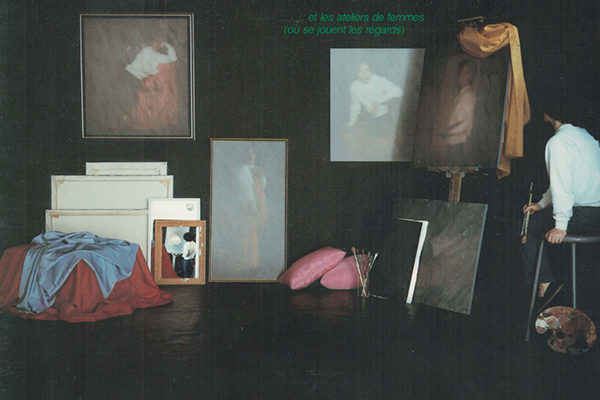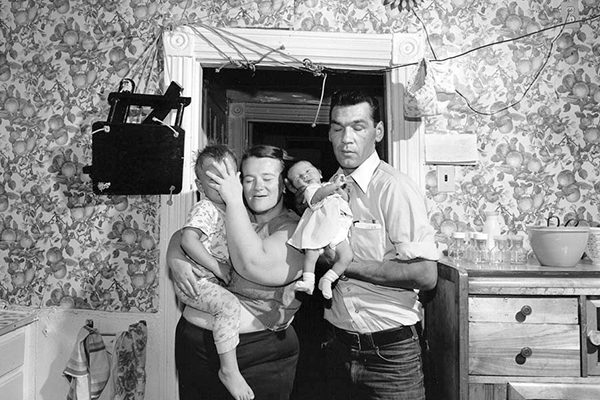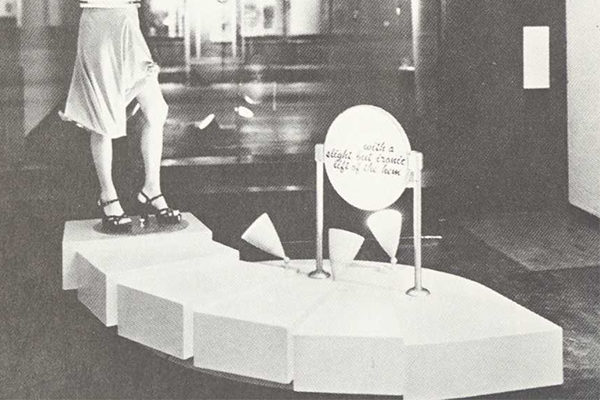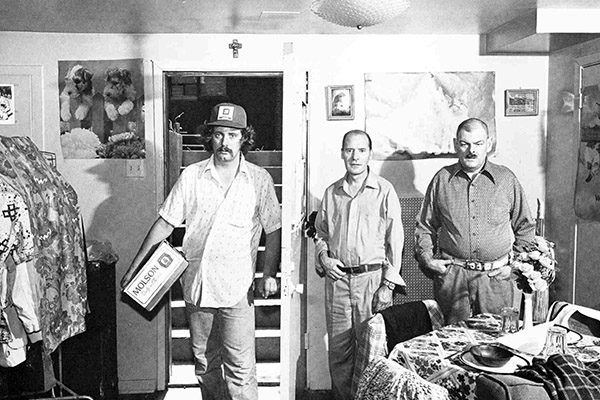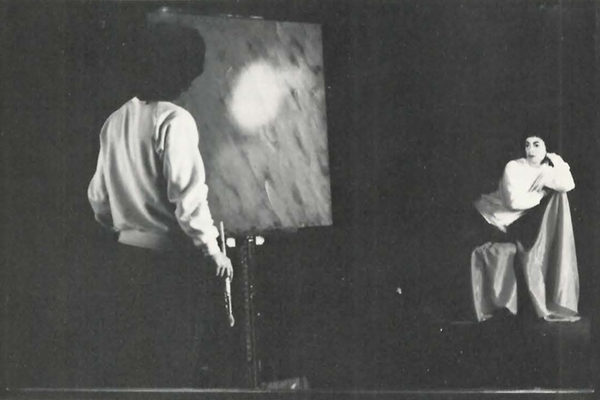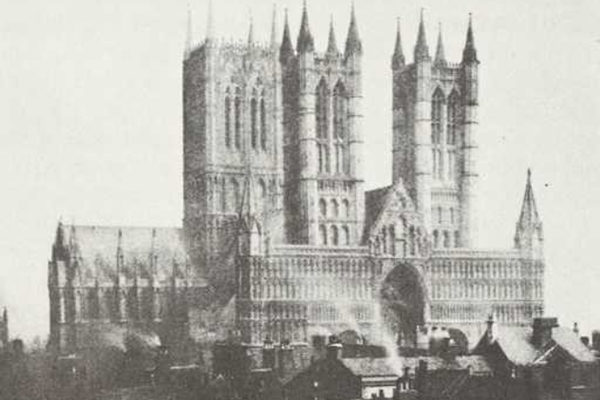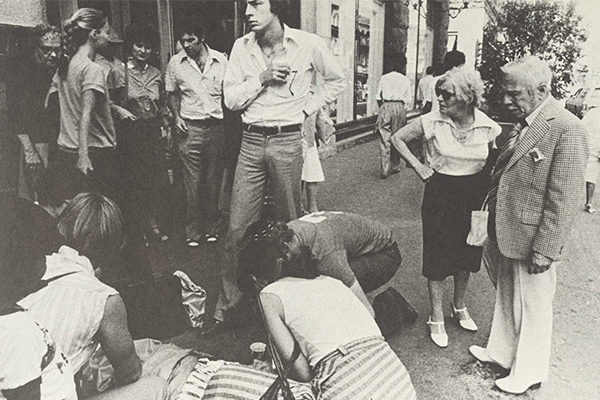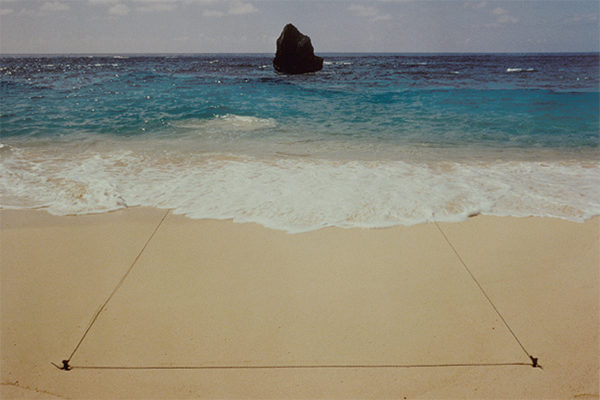Contemporary Canadian Photography (1986)
As is now well known, when the Canadian government originally announced its intention to abandon and effectively destroy the activities and collection of the Stills division of the National Film Board, the ensuing protest of the photographic community was sufficient to cause the authorities to reconsider.
